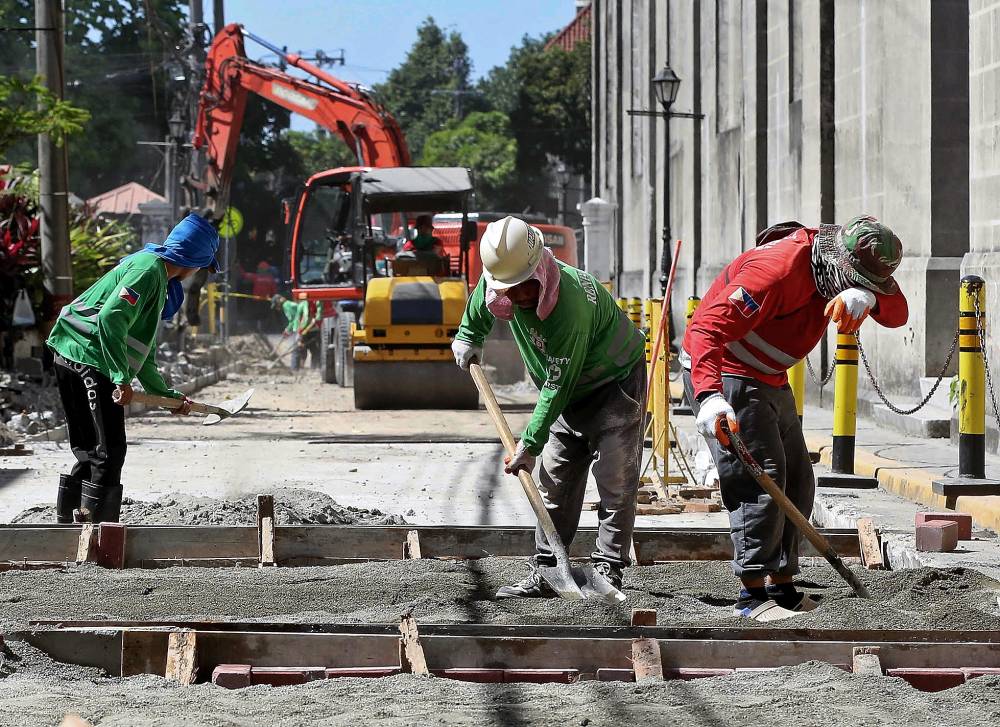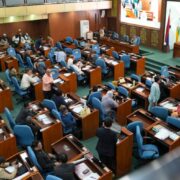Understanding minimum wage in the Philippines

Back in July, an editorial here in the Inquirer, “Inadequate, insulting wage hike,” (7/5/24) focused on the erosion of purchasing power, and how the increase of P35 for minimum wage workers was woefully inadequate. I agree with that piece wholeheartedly, but I want to discuss the minimum wage in terms of a concept. Specifically, I’m comparing it to Seattle’s, which has the highest minimum wage in the United States at about $20 per hour, or some P1,100 an hour (still insufficient though, given the cost of living in the region, but on a different scale).
Some people may disagree with the idea of comparing minimum wages in a developed country to those in a lower-middle income one, like the Philippines. However, the reason for doing this comparison is to illustrate profit margins of large Philippine businesses and how they exploit Filipinos. Here, I will focus largely on the food industry, as it is one I am personally very familiar with, but also because services in general make up most jobs in the Philippines, as the agriculture and industry sectors flounder.
At a well-known chain in the country that serves American-style food, a slice of chocolate cake can sell for between P225 and P270, or about $4.80. In Seattle, at a very famous (and award-winning) French bakery, a slice of chocolate cake is about $7. Let us do some simple logic. If a company that charges $7, or P392 for a slice of cake, along with the rest of the menu that maintains relative pricing, can easily afford to pay employees P1,100 per hour, then should we not expect a similar ratio to apply in the Philippines? With P270 for a slice of cake, along with the relative pricing of other items, shouldn’t the company be able to afford paying about P750 per hour? Instead, people must fight tooth and nail over P650 a day.
Let us be generous and assume all of this restaurant’s ingredients are imported, so halve the pay by 50 percent to account for that extra cost. P375 per hour is still a lot more than P650 per day, and it should be easily afforded by any large corporation.
As Maria Victoria R. Raquiza wrote some 10 years ago, underemployment and unemployment are pervasive issues in the Philippines, with the combined rate usually hovering at around 25 percent, and poverty rates staying steady at about 25 percent as well. However, in the years leading up to 2014, the economic growth of the Philippines was a pretty good 5 percent each year. The issue? 76 percent of that wealth went into the pockets of the 40 richest individuals.
Virtually nothing has changed in the 10 years since Raquiza’s paper. The reason so many Filipinos wish to move abroad to work is because the working class is economically disenfranchised to absurd levels. Job growth is stagnant in the country due to lack of investments in agriculture or industry. And the jobs that do exist pay an extremely disproportionately low wage.
Some may ask, what about Thailand? Vietnam? They have lower wages than in the Philippines, right? Well, in those countries, the cost of living is far lower (especially when it comes to electricity and food, because the state runs electricity operations and those countries are self-sufficient in food), unlike the Philippines so wages do not need to be as high. But the actual standard of living in those two countries is far higher than in the Philippines despite the lower wages.
Lack of development has led to higher prices, job insecurity, wage insecurity, and widespread poverty. The minimum wage is something that is supposed to protect workers from exploitation, but in the Philippines, it is serving the interests of the richest individuals, who are making an inconceivable profit margin due to depressed wages. No large business in the Philippines should ever claim that wages need to stay low in order to grow the economy; that is an attempt to trick people into believing that living wages should not exist. We did the math; we should push for wages that pay for the actual living reality in the Philippines. That or prices for goods and services need to go down drastically. Either way, wages are not reflecting lived realities in the Philippines.
Sterling V. Herrera Shaw received his master’s degree in Philippine Studies from the University of the Philippines Diliman, where his focus was on sociocultural and development studies.

















